Charles Goodyear Makes a Discovery!
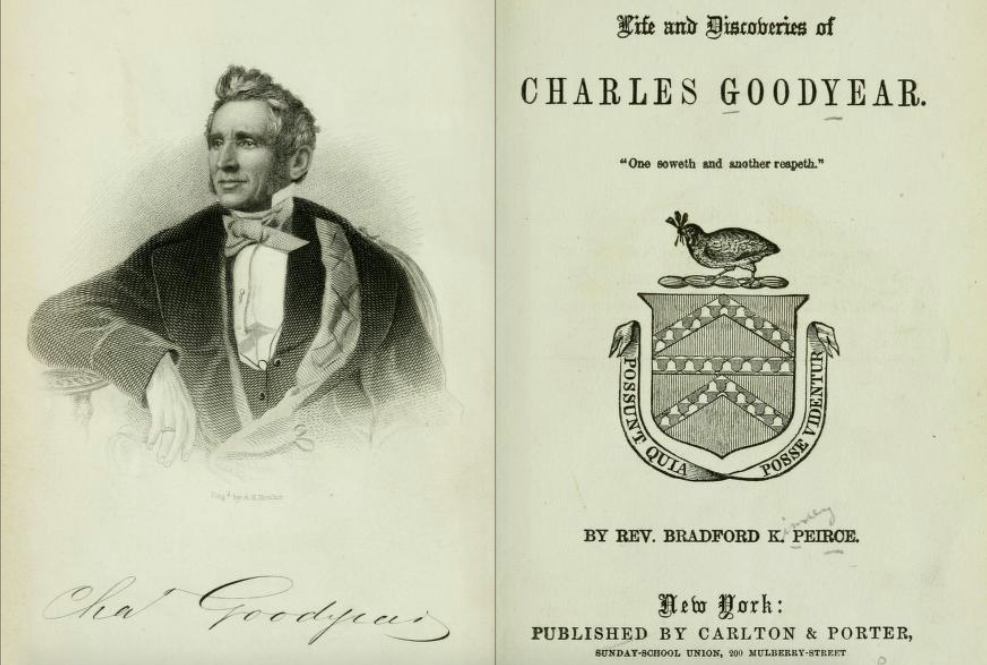 By Bobby Shipman
By Bobby Shipman
Toys. Car tires. Erasers. Balloons. Elastic bands. What do all these things have in common? They are made of rubber! Hundreds of things we use everyday are made with rubber. It’s hard to imagine living without it. We have one person to thank for this: Charles Goodyear. He was a determined man who would stop at nothing to achieve his goal. His entire life was dedicated to what he would become most famous for: rubber!
Charles Goodyear was born on December 29, 1800, in New Haven, Connecticut. He grew up in Naugatuck. His father, Amasa, was a farmer, an inventor, and ran a button factory.
Charles grew up and married. He moved to Philadelphia to open a hardware store. The store sold farm tools that he and his father had invented. The store was not successful. It closed when Goodyear was 33. He wondered how he could make a living. He owed people money. He was sent to prison because he couldn’t pay his debts. He kept thinking of inventions.
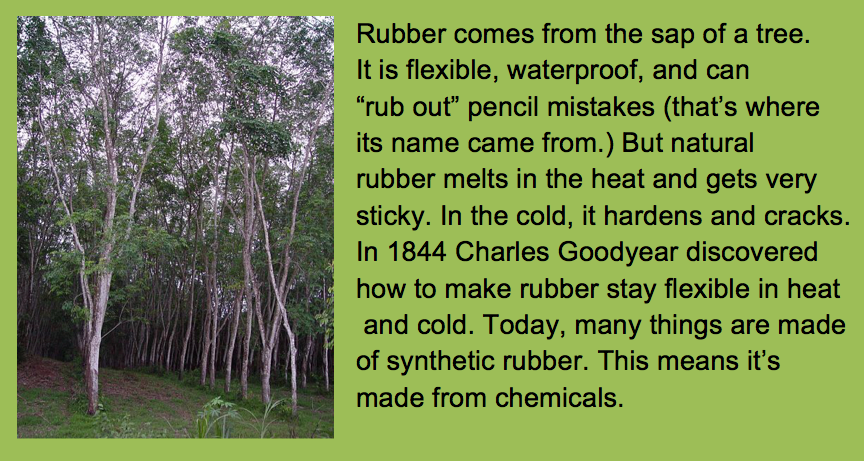
In 1834 and out of prison, Goodyear visited the Roxbury India Rubber Company in New York. He had an invention to improve rubber life vests. He eagerly asked where the life vests were. The owner showed him a bunch of sticky, smelly globs. The lumps were once life vests. They had melted in the warm weather.
Goodyear decided he would find a way to make better rubber. Back in New Haven, he tried mixing things with the rubber. He tried adding quicklime, lampblack, turpentine, and magnesia. He experimented in his kitchen. He mixed it in his family’s pots and pans. Time and again he thought he had discovered the answer. But he failed—again and again.
Goodyear spent all of his money. He sold his children’s school books for money. His children had to dig up potatoes to eat. He was sent back to prison. But he kept experimenting. Friends loaned him money. Some of his inventions earned him small amounts of money.
In 1839 and out of prison again, Goodyear went to Woburn, Massachusetts. He tried another experiment. By accident he dropped his rubber mixture on a very hot stove. To his surprise it hardened instead of melted. And it was still flexible. At last! Goodyear had found the answer.
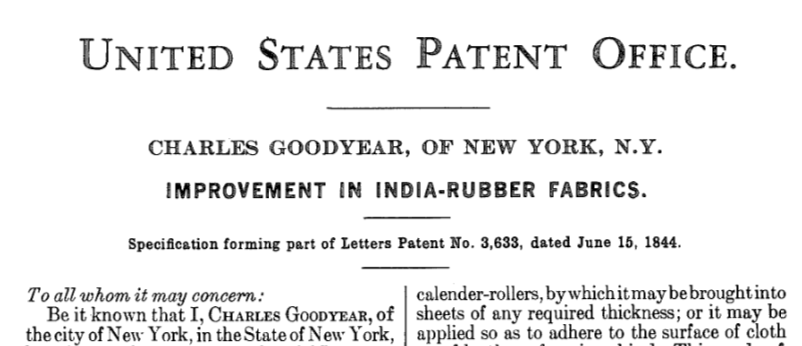
Charles Goodyear’s 1844 Patent
It took Goodyear a few more years to perfect the formula. He called the process vulcanization (vuhl-kan-ih-zay-shun). He named the process after Vulcan, the Roman god of fire.
In 1844 Goodyear founded the Naugatuck India-Rubber Company in Naugatuck, Connecticut. In 1844 he received U.S. Patent number 3633. A patent is a government document that says you invented something, and no one else can use it without your permission. Unfortunately, other companies started to make vulcanized rubber anyway. Naugatuck became a center of rubber manufacturing in America.
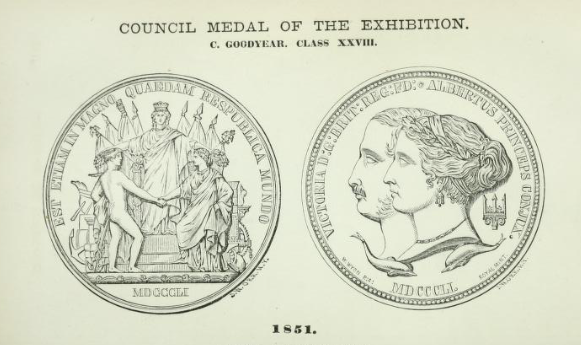 Goodyear spent time and money trying to protect his patent rights. He exhibited his rubber goods at the international fair in London in 1851. The fair displayed wonders from around the world. He was one of three Americans to win a Grand Council Medal.
Goodyear spent time and money trying to protect his patent rights. He exhibited his rubber goods at the international fair in London in 1851. The fair displayed wonders from around the world. He was one of three Americans to win a Grand Council Medal.
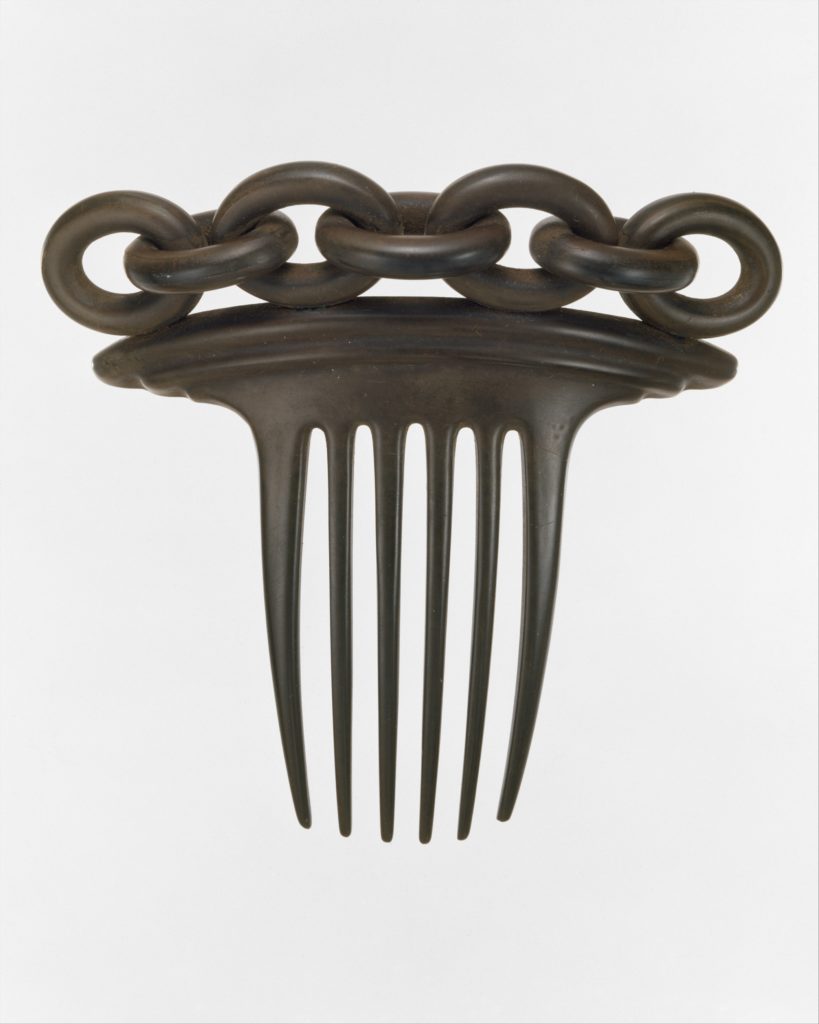
Goodyear thought everything should be made of rubber–even this hair comb made of vulcanized rubber manufactured by Charles Goodyear, 1851. Metropolitan Museum of Art
Goodyear collapsed and died on July 1, 1860. His health was poor, probably from exposure to the chemicals he used in his experiments. When Frank A. Seiberling started the Goodyear Tire and Rubber Company in 1898 in Ohio, he named the company after the person who made long-lasting rubber possible. It is a fitting memorial to a man who gave the world the gift of rubber.
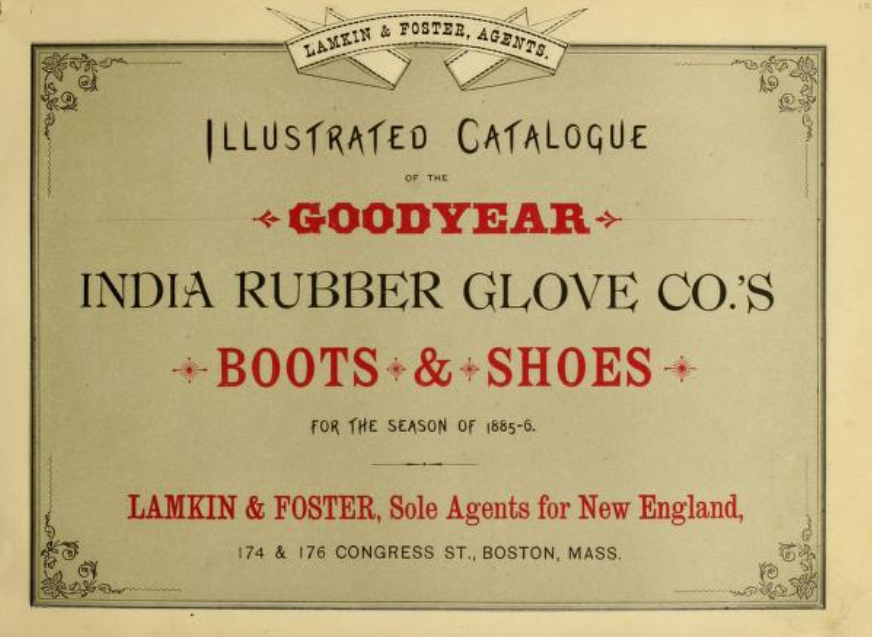
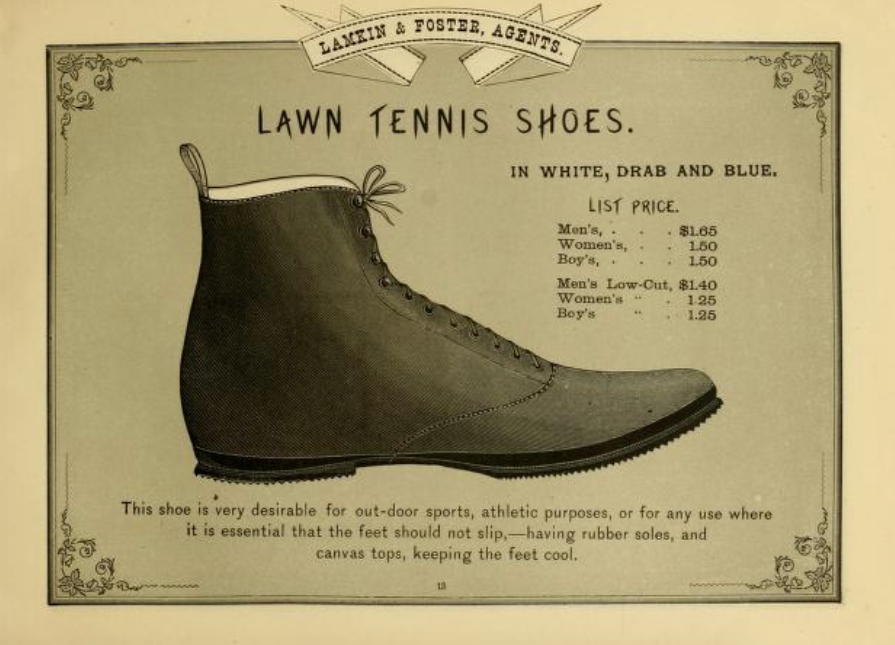
Tennis shoe from 1885 made by the Goodyear India Rubber Glove Company in Naugatuck, a company that used Goodyear’s name and process after he died.
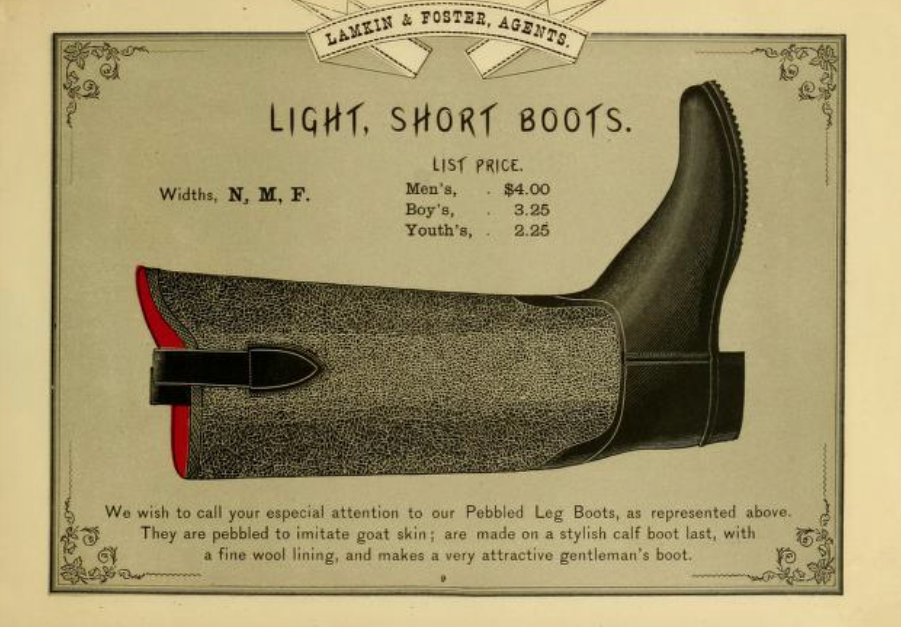
1885 advertisement for boots made by the Goodyear India Rubber Glove Company in Naugatuck.
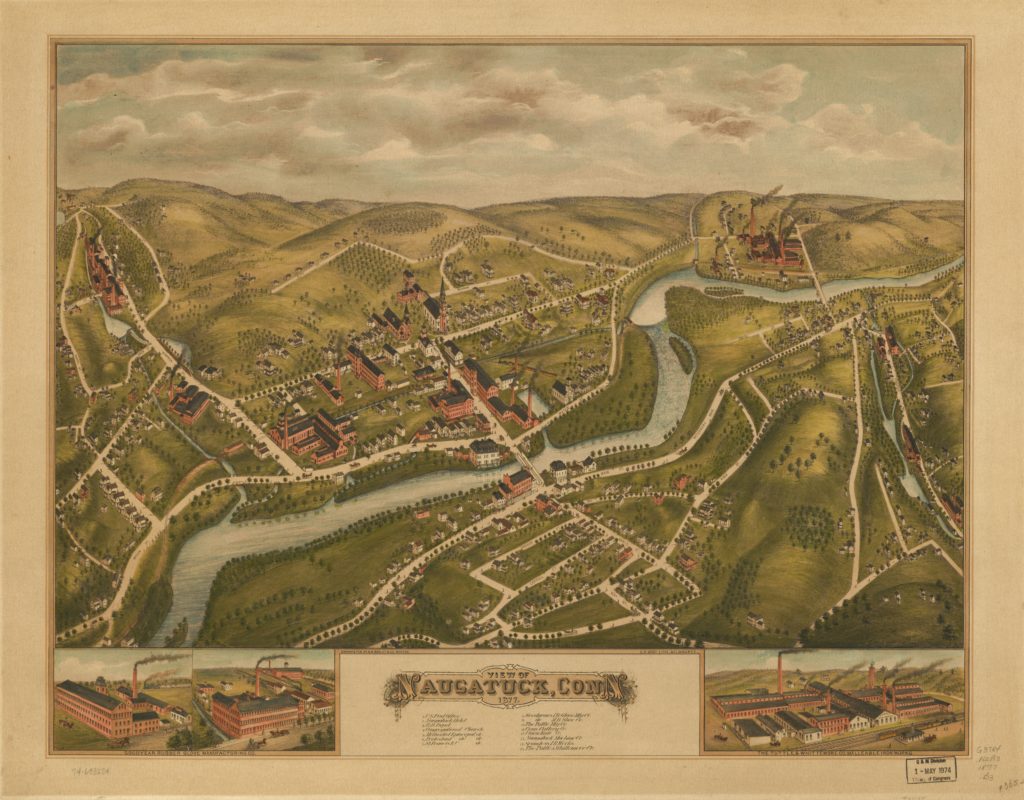
Map of Naugatuck in 1877 showing its many factories, including two Goodyear rubber companies (upper left and center).
Bobby Shipman is a fifth grader at Tariffville Elementary School in Simsbury.
Sources:
“Charles Goodyear and the Vulcanizatin of Rubber,” Connecticuthistory.org
“Amasa Goodyear and Son Reinvent Naugatuck,” connecticuthistory.
K. Pierce, Trials of the Inventor: Life and Discoveries of Charles Goodyear, 1866.
For teachers, another good source:
https://lemelson.mit.edu/resources/charles-goodyear

 By Bobby Shipman
By Bobby Shipman

 Goodyear spent time and money trying to protect his patent rights. He exhibited his rubber goods at the international fair in London in 1851. The fair displayed wonders from around the world. He was one of three Americans to win a Grand Council Medal.
Goodyear spent time and money trying to protect his patent rights. He exhibited his rubber goods at the international fair in London in 1851. The fair displayed wonders from around the world. He was one of three Americans to win a Grand Council Medal.



